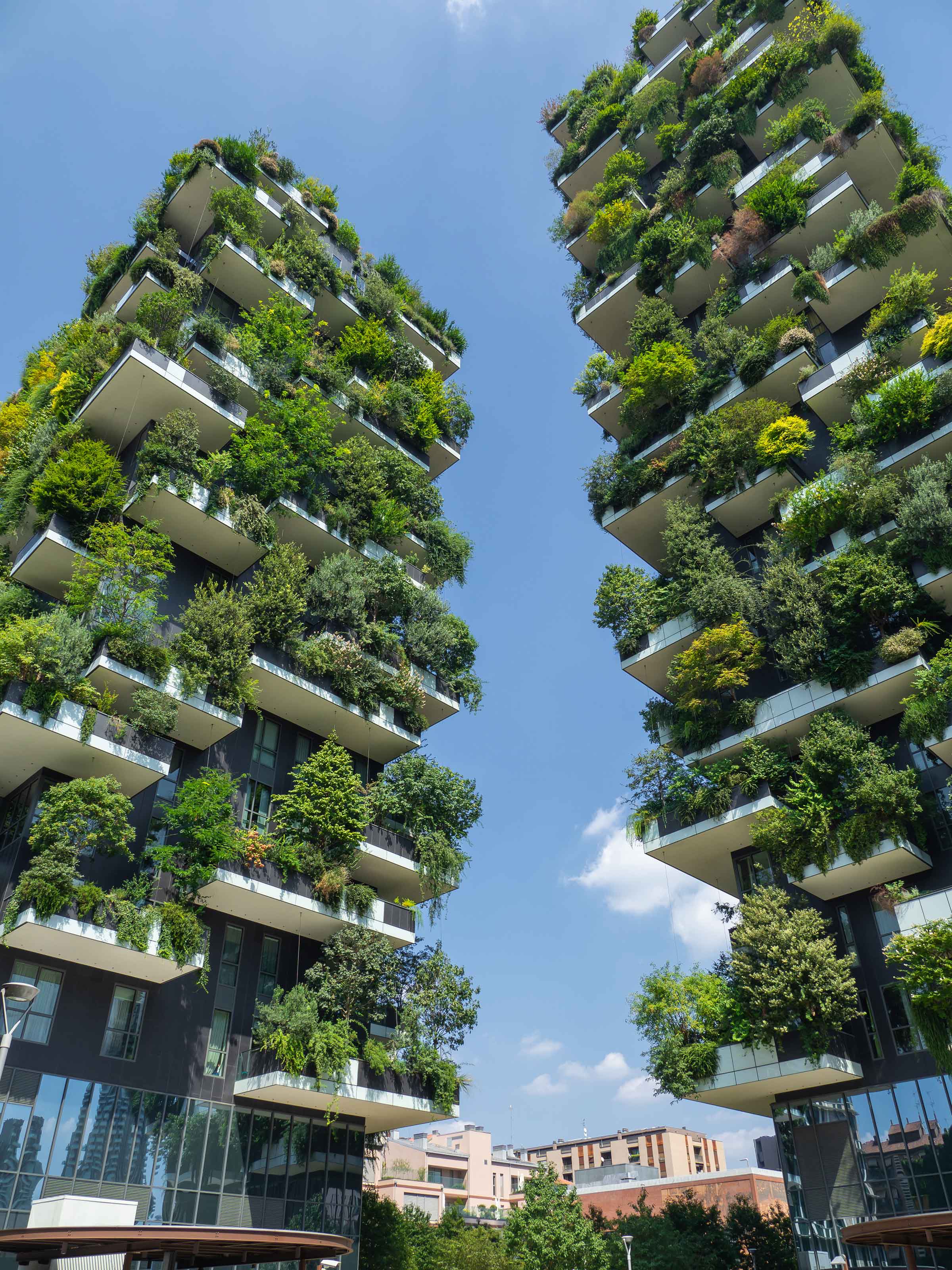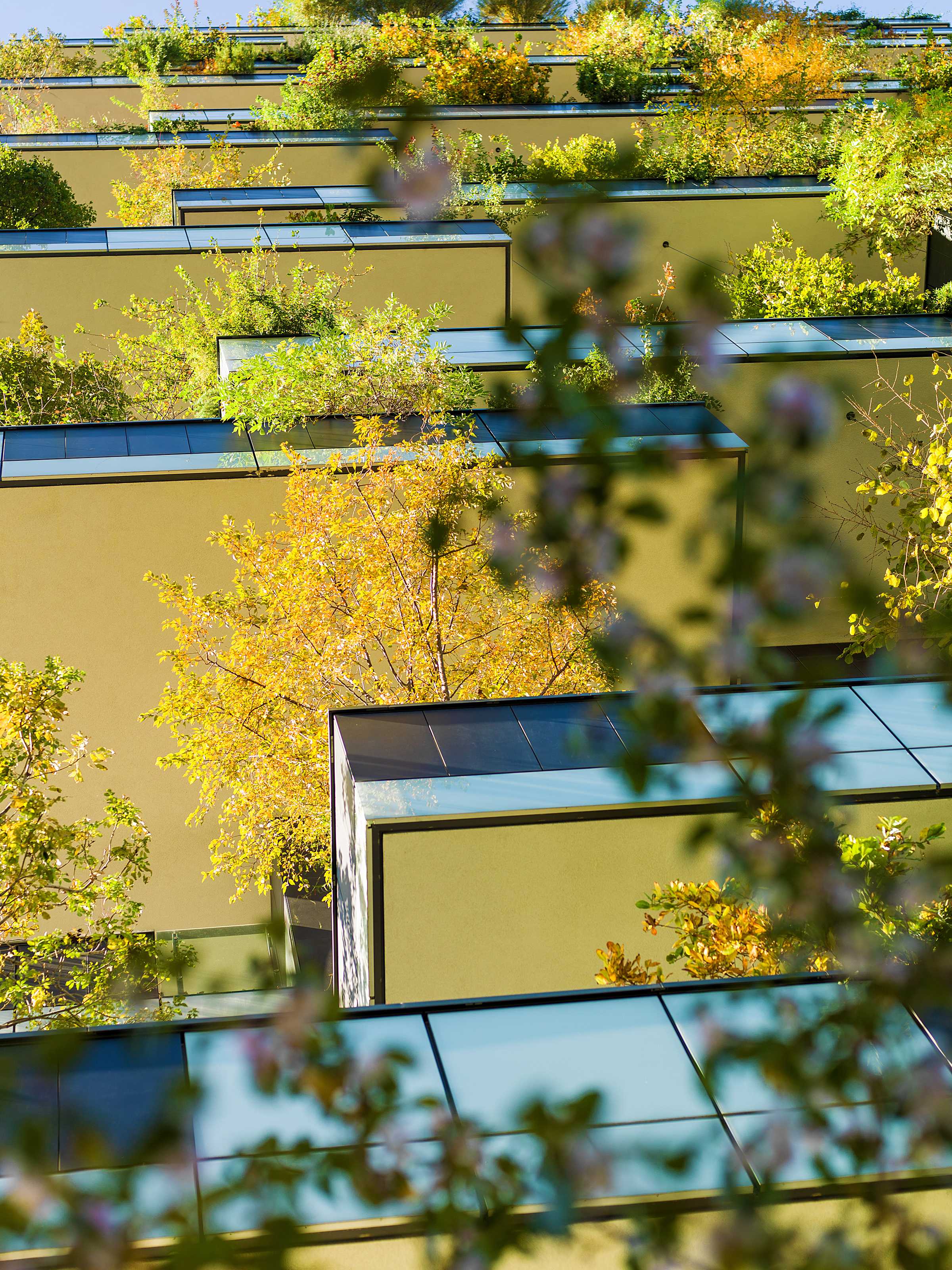“Fortunately, the technology and methodologies to create this kind of architecture and urban design exist for the most part—we just don’t currently bring them all together,” says Maibritt. “What’s needed is a paradigm shift in how we expect our buildings and cities to function. This is one of the central ideas explored by my colleagues Associate Professor Peter Connolly and Associate Professor Mark Southcombe and myself in our recently published book, Ecologies Design: Transforming Architecture, Landscape and Urbanism.
“Currently, we expect buildings to keep us warm and dry, but we can be far more ambitious with what we expect them to do, such as generating electricity or purifying water.”
A three-year project supported by the Marsden Fund for research will see Maibritt’s multidisciplinary team collaborate with communities across Oceania to develop culturally appropriate co-design solutions to climate change adaptation problems.
“What we’re doing is strategically and purposefully looking at how to make Indigenous ecological knowledge the central pillar of nature-based climate-change adaptation work in Oceania, including Aotearoa New Zealand,” she says.
The project has a design focus and builds on the team’s earlier work, largely directed at a policy level. Their research has, for example, formed a policy document for the United Nations Economic and Social Commission for Asia and the Pacific related to its Ocean Cities agenda.
They intend to make their findings as accessible to the public as possible through a podcast, a planned international design competition and symposium, and an online nature-based solutions guide.
It is a growing area of momentum for the Wellington School of Architecture, with its thriving research community.
While studying at the School, Negin Imani, a 2020 PhD graduate who is now a lecturer in architectural studies at Otago Polytechnic, created a cross-disciplinary design tool that takes inspiration from nature to create energy-efficient buildings.
Negin’s thermo-bio-architectural framework (ThBA) is the first tool of its kind to allow designers to replicate natural ways for passive and active methods of thermal adaptation and heat generation.
“The ThBA bridges biology and architecture and suggests innovative thermoregulation strategies that could address opportunities for designing a new generation of buildings,” says Negin. “It takes nature’s adaptation processes and translates them in a way that can be replicated in the built environment.”
Negin hopes that, as technology progresses, their research findings can turn simulations into reality. “One day, we may see a building that can rise and fall above ground level to maintain an ideal temperature,” she says.
“The ThBA bridges biology and architecture and suggests innovative thermoregulation strategies that could address opportunities for designing a new generation of buildings. It takes nature’s adaptation processes and translates them in a way that can be replicated in the built environment.”
Through the non-profit organisation Biomimicry New Zealand, Negin aims to promote research excellence focused on bio-inspired design. Her vision of the future approach to innovative energy-efficient building design is the development of a CO3FutureLab to model and test these types of buildings we don’t yet have the technology to build.
Speaking at the 2021 New Zealand Green Building Council Future Thinker of the Year Awards, Negin explained, “CO3 stands for collaboration, coordination, and communication. This is a huge project that requires collaboration from a lot of people, not just architects.”
She will present some of her findings at a TEDxPipitea talk in November, with a book, Heating with Wolves, Cooling with Cacti, to be published later this year.
“It’s a really exciting area to be exploring and, to get there, more research into these innovative approaches is needed,” she says.
Fortunately, within the Wellington School of Architecture, it is an area where research is blossoming.





